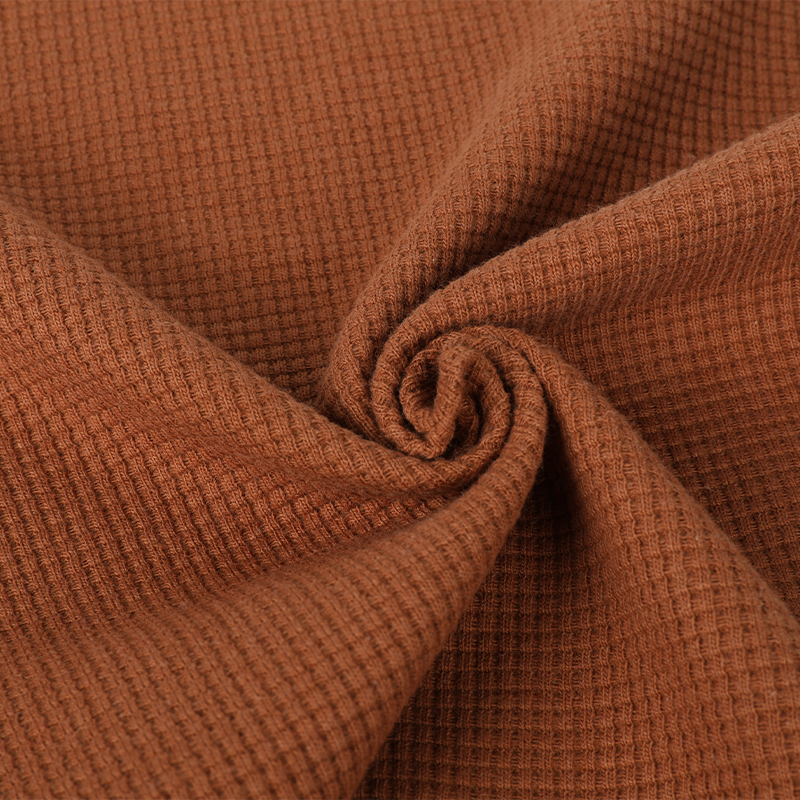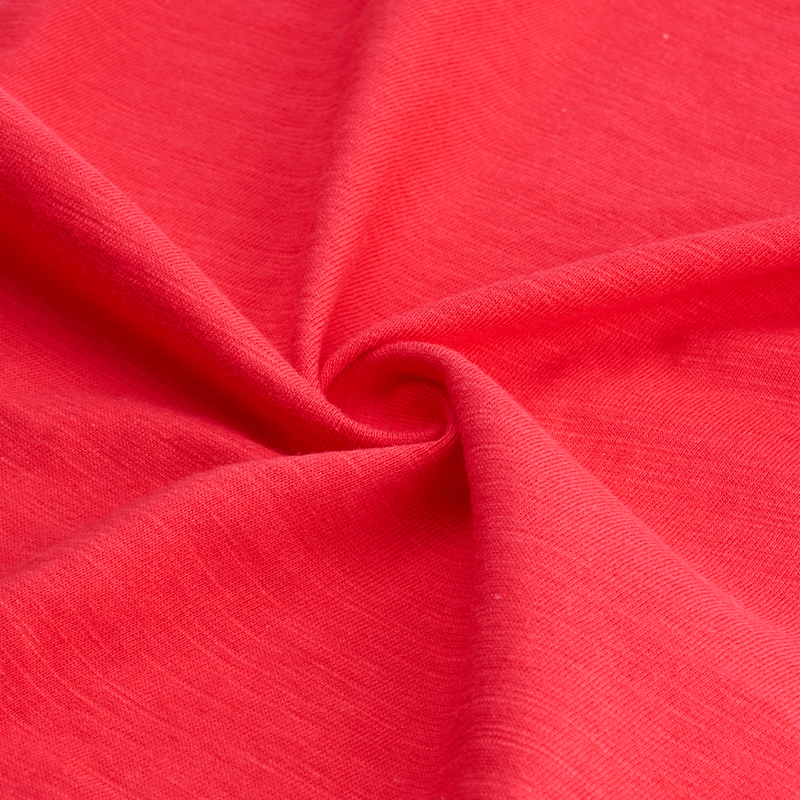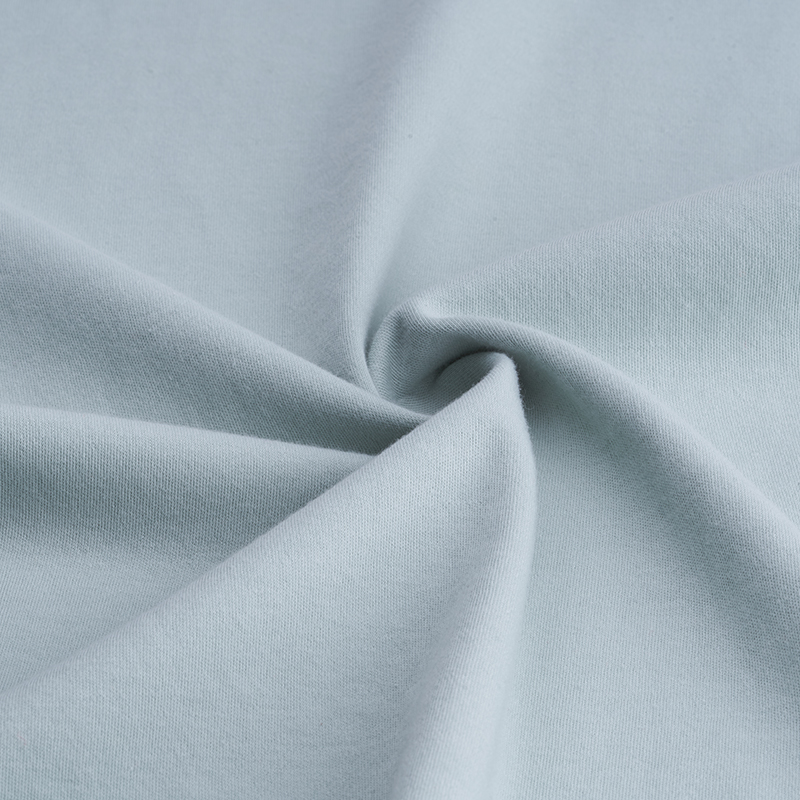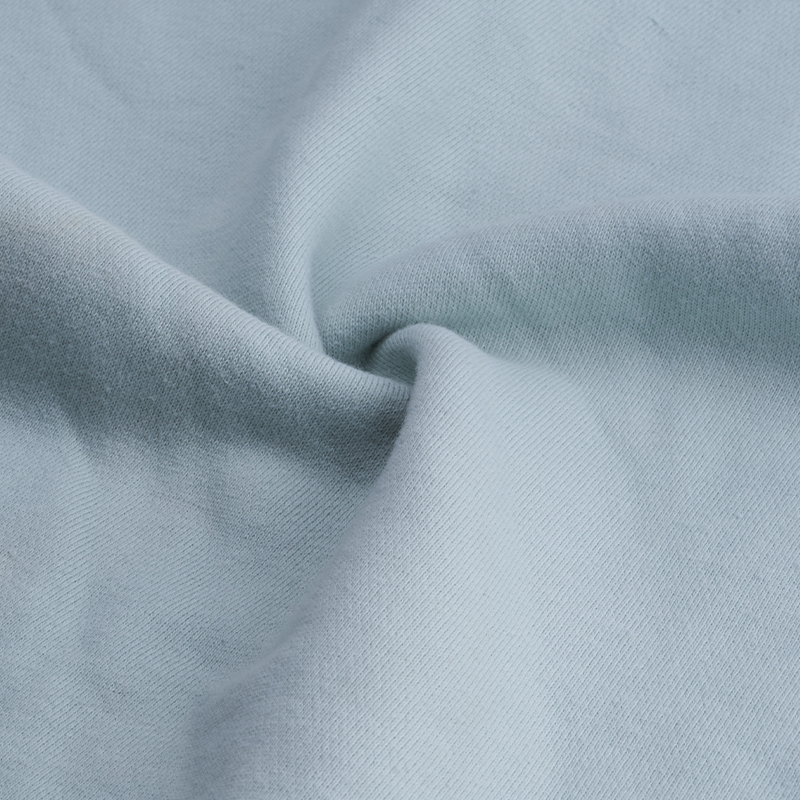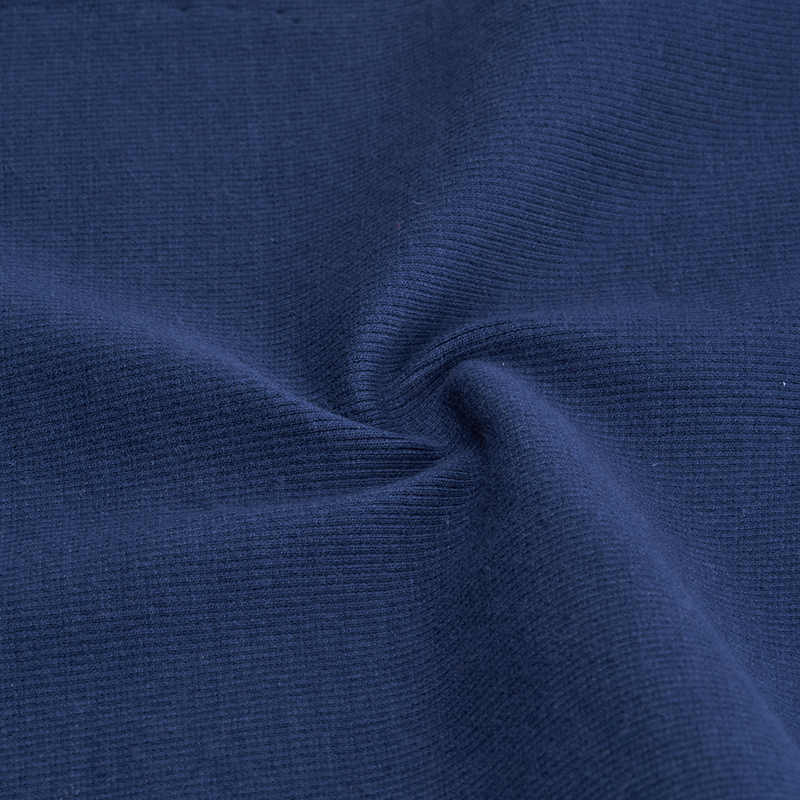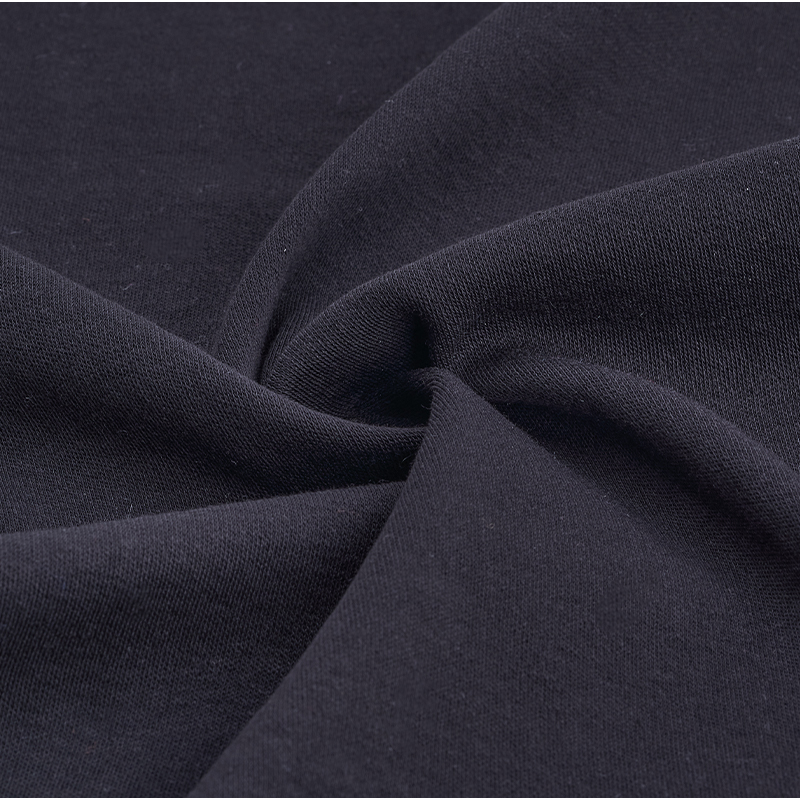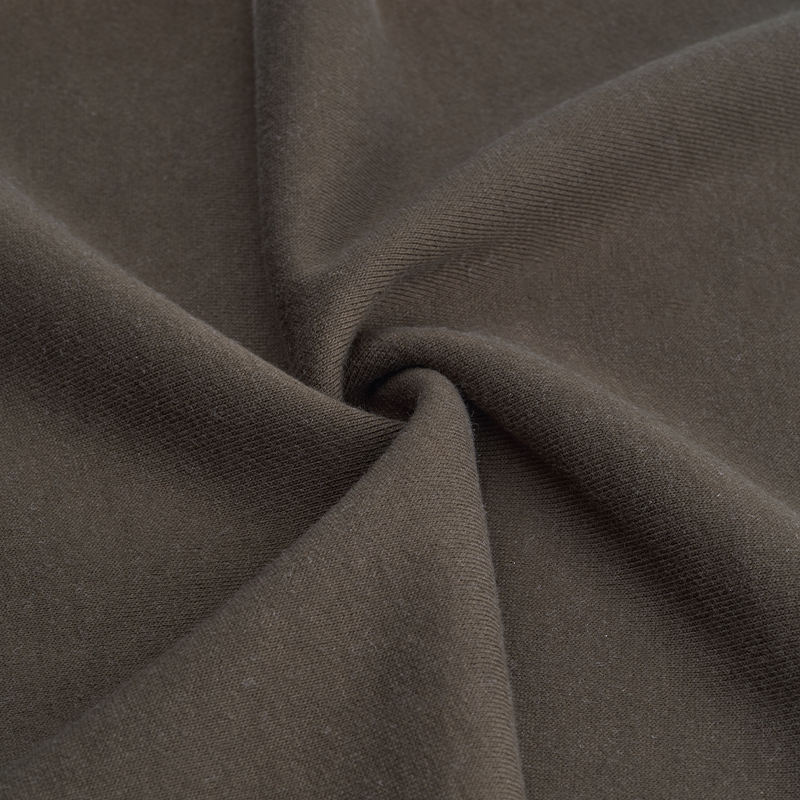Hacci fabric, renowned for its distinctive honeycomb texture, excellent breathability, and comfortable stretch, is a staple in comfortable apparel. To maximize its inherent qualities and tailor it for specific performance demands, several specialized processing techniques are employed throughout manufacturing. Understanding these processes is key to appreciating how Hacci fabric's performance can be elevated.
1. Precision Knitting & Yarn Engineering:
- Foundation Quality: Performance starts at the source. Utilizing high-tenacity, fine-denier fibers (like tightly spun combed cotton, long-staple cotton blends, or high-quality synthetic filaments) provides inherent strength and softness. Optimizing yarn twist levels balances durability with the desired hand-feel.
- Knitting Parameters: Fine-tuning gauge (stitches per inch), loop length, and tension during knitting controls the density and definition of the honeycomb structure. Tighter knits enhance durability and shape retention, while slightly looser knits maximize stretch and breathability. Advanced circular knitting machines ensure consistent stitch formation.
2. Thermal Setting (Heat Setting):
- Stabilization: This critical process subjects the knitted fabric to controlled heat (often via a stentering frame or heat-setting oven) while under tension. It permanently sets the knitted loops, significantly reducing residual shrinkage and improving dimensional stability. This ensures garments maintain their size and shape after repeated washing and wearing.
- Shape Memory Enhancement: Heat setting helps lock in the fabric's inherent stretch and recovery properties, improving its ability to return to its original shape after deformation. Proper temperature and time profiles are essential to avoid fiber damage or yellowing.
3. Mechanical Finishing (Calendering/Compacting):
- Surface Refinement: Passing fabric through heated calender rollers under pressure can smooth the surface, enhance sheen, and refine the hand feel, making it silkier. This must be carefully controlled to avoid compressing the honeycomb structure excessively, which would compromise breathability.
- Compacting: This mechanical process gently compresses the fabric lengthwise (using steam and pressure), improving density and hand-feel while further reducing residual shrinkage. It can impart a softer, more luxurious drape.
4. Chemical Finishing:
- Softening: Application of silicone-based or cationic softeners is common. These lubricants coat fibers, reducing yarn-to-yarn friction, resulting in significantly improved hand feel (softer, smoother) and enhanced drape. The choice and application level impact breathability, so careful formulation is needed.
- Durable Press (DP) / Wrinkle Resistance: Resin-based finishes can be applied to improve the fabric's ability to recover from wrinkles and maintain a smooth appearance after washing and drying. This is particularly valuable for travel or office wear made from Hacci. Balancing wrinkle resistance with potential impacts on softness and strength is crucial.
- Moisture Management: Hydrophilic finishes or treatments can be applied to enhance the fabric's ability to wick moisture away from the skin, improving comfort during activity. This is especially relevant for sportswear applications.
- Anti-Pilling: Treatments using enzymes or specific polymers can be applied to reduce the formation of unsightly fabric pills, enhancing the aesthetic longevity of garments. Enzymatic bio-polishing is a common eco-friendlier option.
5. Advanced Dyeing & Washing:
- Low-Liquor Ratio Dyeing: Modern jet or overflow dyeing machines using minimal water and optimized dye chemistry ensure vibrant, level dyeing while reducing water and energy consumption and minimizing mechanical stress on the fabric.
- Enzyme Washing (Bio-Polishing/Washing): Controlled application of cellulase enzymes gently removes surface microfibrils (tiny fiber ends). This process:
- Significantly enhances softness and smoothness.
- Reduces pilling tendency.
- Improves color clarity and brightness.
- Can impart a subtle, desirable vintage look (stone-washed effect) if desired.
Key Considerations for Implementation:
- Base Fiber Composition: The effectiveness of any process heavily depends on the primary fiber (cotton, modal, polyester, blends). Cotton responds differently to enzymes than synthetics, for instance.
- Process Sequencing: The order of operations matters (e.g., dyeing before softening, heat setting before chemical finishing).
- Parameter Control: Precise control of time, temperature, chemical concentrations, and mechanical action is paramount for consistent results and avoiding fabric damage.
- Performance Balancing: Enhancing one property (e.g., wrinkle resistance) may slightly diminish another (e.g., inherent softness or absorbency). The desired end-use dictates the optimal balance.
Elevating Hacci fabric beyond its baseline characteristics requires a sophisticated interplay of mechanical, thermal, and chemical processes. From optimizing the knit structure and achieving thermal stability to refining hand feel through softening and bio-polishing, and adding functional benefits like wrinkle resistance or moisture management, each step contributes to the final performance profile. Manufacturers leverage these advanced processing techniques strategically, based on the fiber blend and the intended application of the fabric, to unlock the full potential of Hacci – maximizing durability, comfort, aesthetics, and specialized functionality for the end-user.

 English
English
